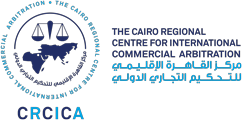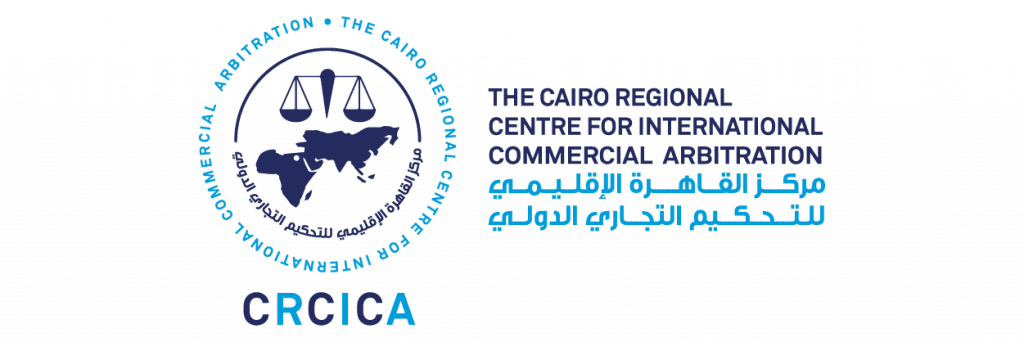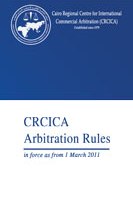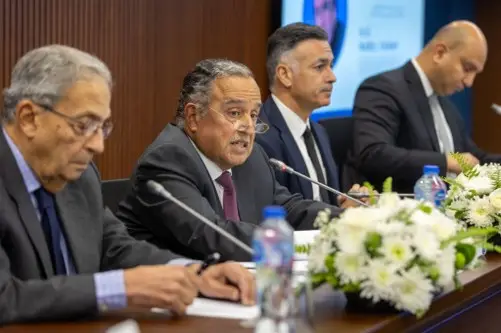The new CRCICA Arbitration Rules (“Rules”) have entered into force since March 1st, 2011 and already have applied to arbitral proceedings commencing after this date.
The Rules serve four basic purposes. First, they guarantee collegial decision-making with respect to several vital procedural matters, including the rejection of appointment, as well as the removal and the challenge of arbitrators. Second, they seek to modernize CRCICA’s arbitration rules and to promote greater efficiency in arbitral proceedings. Third, they fill in a few holes that have become apparent over the years. Finally, they adjust the original tables of costs to ensure more transparency in the determination of the arbitrators’ fees.
It is still early to assess the exact impact of the revised Rules on the development of CRCICA’s caseload. However, the application of the Rules during the last year permitted the identification of the salient new provisions that have thus far been frequently invoked and efficiently used by the parties to arbitrations under CRCICA’s auspices.
On top of the list is the new Article 10 regarding multiparty arbitrations. It has been invoked several times where the multiple parties on either side were unable to agree upon the constitution of the tribunal due, in particular, to the fact that they do not form a single group with common rights and obligations, for instance, in cases involving a large number of shareholders. In such cases, the Centre was requested to constitute the arbitral tribunal and in doing so it has thus far not revoked any appointment already made and has appointed or reappointed each of the arbitrators and designated one of them as the presiding arbitrator.
Another practical provision is Article 7/2 of the Rules. Article 7, dealing with the number of arbitrators, provides, as a default rule, that in case parties do not agree on the number of arbitrators, three arbitrators should be appointed. However, Article 7/2 includes a corrective mechanism so that, if no other parties has responded to a party’s proposal to appoint a sole arbitrator and the party(ies) concerned have failed to appoint a second arbitrator, the appointing authority may, at the request of a party, appoint a sole arbitrator, if it determines that, in view of the circumstances of the case, this is more appropriate. That provision has been included in the Rules to avoid situations where, despite the claimant’s proposal in its notice of arbitration to appoint a sole arbitrator, a three-member arbitral tribunal has to be constituted due to the respondent’s failure to react to that proposal. It provides a useful corrective mechanism in case the respondent does not participate in the process and the arbitration case does not warrant the appointment of a three-member arbitral tribunal. That mechanism is not supposed to create delays, as the appointing authority is requested to intervene in the appointment process.
The flexibility contained in this provision has allowed the Centre to appoint a sole arbitrator where one of the parties proposed the appointment of a sole arbitrator and the other party has failed to appoint a co-arbitrator. The Centre has applied this provision in circumstances where it was more appropriate to appoint a sole arbitrator in view of the small amount in dispute. When determining whether a sole arbitrator is more appropriate for the case in view of the circumstances, the Centre also takes into consideration the complexity of the case, having regard to the nature and number of parties, i.e. if one party is a State, whether there are (or will potentially be) counterclaims, set-off claims or cross claims.
The new Article 6 is also worth noting. It has been successfully invoked allowing the Centre to decide, upon the approval of the Advisory Committee, not to proceed with a dispute over which it manifestly lacked jurisdiction. Such decision was taken prima facie following the assessment of the response to the notice of arbitration.
Article 12 of the Rules has recently been successfully invoked by a party seeking the removal of a substitute arbitrator who deliberately delayed the continuation of the arbitral proceedings after the reconstitution of the arbitral tribunal. The decision to remove the arbitrator was made by an impartial and independent tripartite ad hoc committee composed by the Centre from amongst the members of its Advisory Committee.
Finally, paragraph (e) of Article 4/2 was invoked for the first time by a respondent whose response to the claimant’s notice of arbitration included a notice of arbitration against a party to the arbitration agreement other than the claimant.
The Centre anticipates a very active future for Articles 14/2 (truncated tribunals) and 17/6 (third party joinder). The Centre has actually encountered some exceptional circumstances under its former rules in which it was requested to deprive a party of its right to appoint a substitute arbitrator and either appoint the substitute arbitrator itself or, after the closure of the hearings, authorize the other arbitrators to proceed with the arbitration and make any decision or award. Such exceptional circumstances included cases of improper conduct of a party, for example, if a party used dilatory tactics with respect to the replacement procedure of an arbitrator, or in case the improper conduct of the arbitrator is clearly attributable to the party.
Also, there is an increasing number of complex disputes arising out of multiple contracts involving several parties that have been filed under the auspices of the Centre. It is expected that the parties to such disputes apply for the joinder of third persons who are parties to the arbitration agreement.
The Centre is of course satisfied to observe the recurrent employment by the parties of several provisions of its revised Rules. It will continue to monitor very closely the impact of such Rules on the efficiency of the arbitral proceedings conducted under its auspices.





